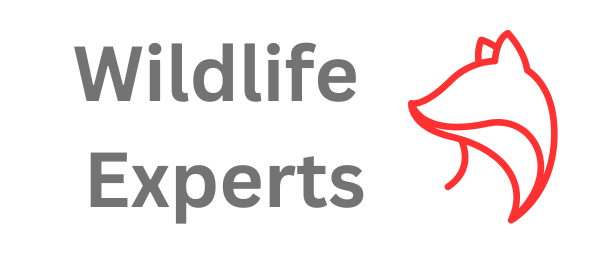Whether you think of them as friends or foes, it seems the number and variety of wildlife now living in suburban and urban neighborhoods have been increasing in recent years. We no longer have to go to the zoo to see wild animals. In cities and towns throughout the country, residents can find a wide array of creatures just by looking around their yards and parks.
In many ways, people have created the perfect conditions for these animals to live among us by helping them fulfill their basic life needs for food, water, and shelter.
The Food We Provide
The food we provide our wild neighbors comes from various sources, both intentional and unintentional.
- The restaurants and hotels in town store and discard large amounts of food.
- Residents and tourists walk through town and discard their leftovers in trash cans.
- We plant fruit and nut-producing trees in our greenspaces and yards.
- Our pet food is left readily available outdoors.
- We hang bird feeders.
- Our residential trash cans are easily toppled and opened.
- We plant vegetable gardens.
A Raccoon’s Diet
Raccoons are omnivores, meaning they will eat both animals and plants. In the natural habitat of these critters, including wooded areas close to streams or ponds, this diet would comprise fish, frogs, mussels, crayfish, mice, and bird eggs along with fruits, berries, nuts, and insects.
This omnivorous diet combined with a raccoon’s adaptability makes it well-suited to living among people. These masked bandits will eat almost anything they find in the trash along with pet food and the fruit and vegetables in your garden.
Although their appetites are large and varied, chocolate, onions, raisins, and macadamia nuts are toxic for raccoons. Additionally, garlic and bread can upset their stomachs.
A Squirrel’s Diet
Squirrels are not picky eaters and eat many surprising items in addition to the acorns and other nuts we often think of as their main cuisine. various nuts are their go-to foods when they need to hide food away for the winter as these items store well and won’t go bad or decay quickly.
Otherwise, squirrels love eating almost any fruit and berry they can find such as apples, pears, peaches, strawberries, blackberries, and more. Squirrels rely on fruit as a sugary way to boost their energy levels so they can keep scampering around all day.
They will also raid vegetable gardens and help themselves to tomatoes, leafy greens such as lettuce or kale, broccoli, and celery, to name a few. In the park, these animals can also be seen eating a bit of a sandwich they find or a dropped ice cream cone.
Some people enjoy feeding squirrels, but a few of the foods we tend to feed them, such as peanuts or sunflower seeds, are not the best choices. While these items do no harm, they are of poor nutritional value to squirrels.
A Woodchuck’s Diet
These burrowing animals are omnivorous creatures that find their food close to the ground or underground. They are not climbers. In their natural habitats, they will eat grasses, flowers, berries and other fruits, and large insects such as grasshoppers and June bugs. They can even digest bark and twigs.
In our backyards, we know woodchucks to be garden invaders, helping themselves to almost any of our plant seedlings, lettuces, and other greens. There are a few edibles woodchucks dislike which, if planted in your garden, could help keep them out such as garlic, lavender, basil, mint, and oregano.
A Skunk’s Diet
The skunk is another omnivorous animal, and it hunts mainly at night. Skunks have poor vision but use their keen sense of smell to track down foods with strong scents such as ripe fruit, honey, carrion, trash, and pet food.
If your garbage is secure and pet food brought inside, a skunk wandering around the yard at night can actually provide some benefits such as digging up crop-destroying insects like Japanese beetles and hornworms or ridding the yard of wasps and bees.
Winter Habits
Raccoons and woodchucks go into hibernation-like states called torpor, where their metabolisms slow and they rely on their stored body fat for sustenance.
Squirrels stay active in winter and eat the nuts and acorns they hid in multiple stashes during the warmer months. With various caches of food, these critters have reserve stockpiles that remain safe if one is discovered and raided by another animal.
Skunks don’t hibernate but will spend long periods of time, especially during snowy weather in their dens. When they do come out to eat, they will scavenge for nuts, eat pet food, and catch small mammals that wander into their dens such as mice and rats.
